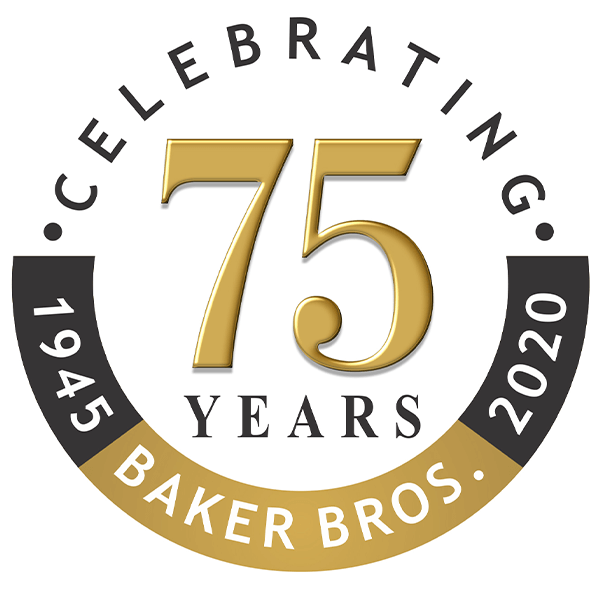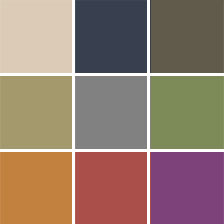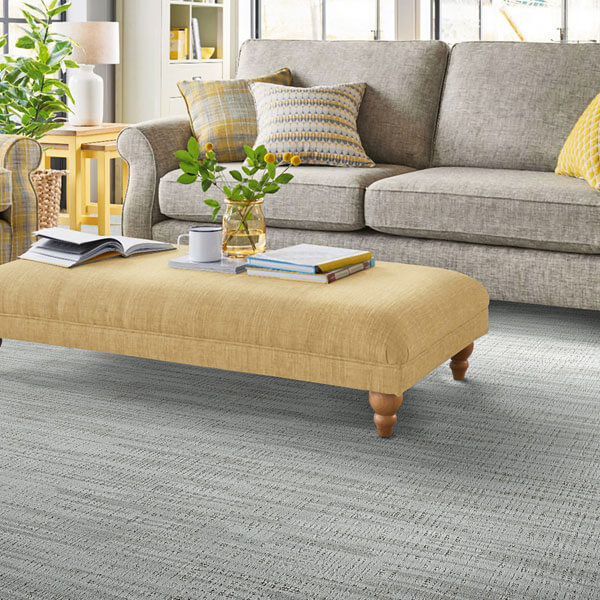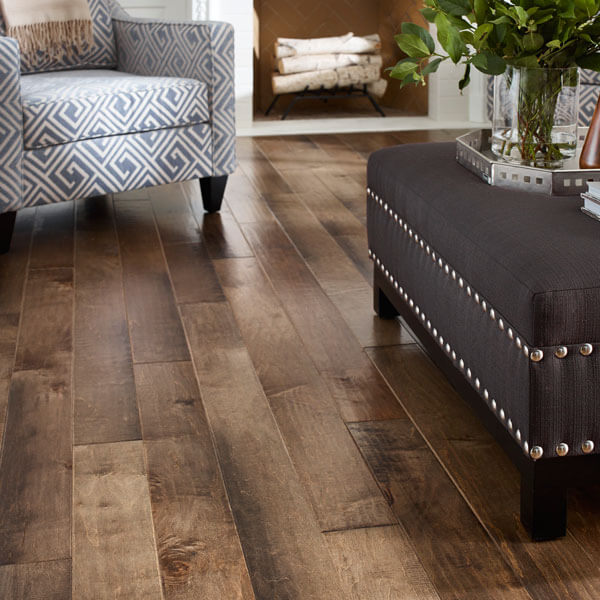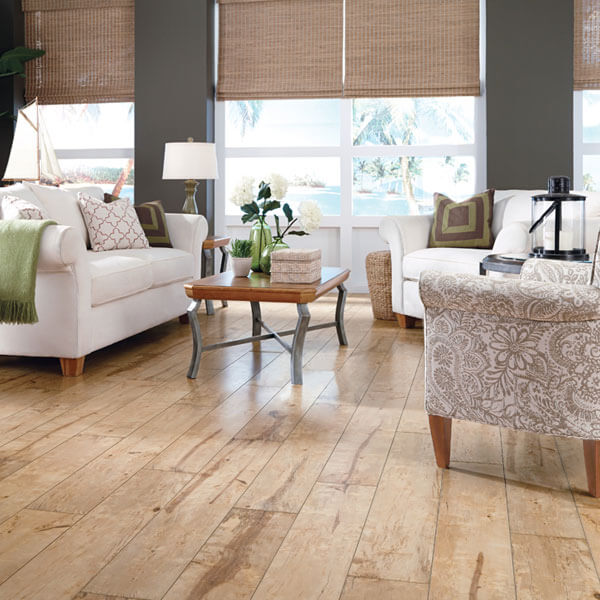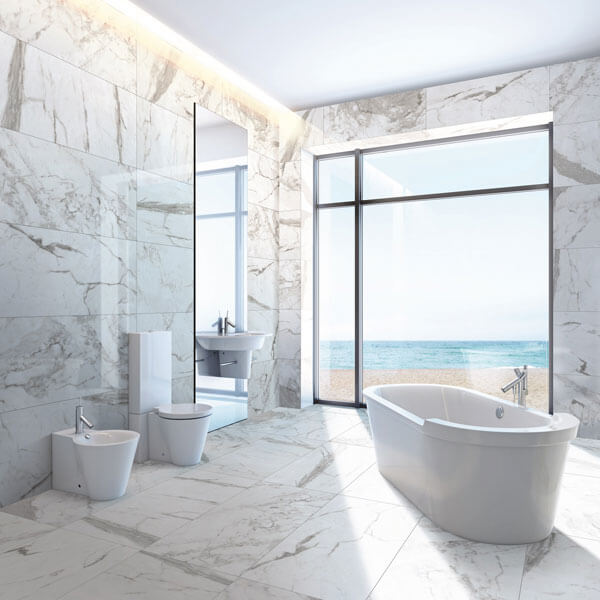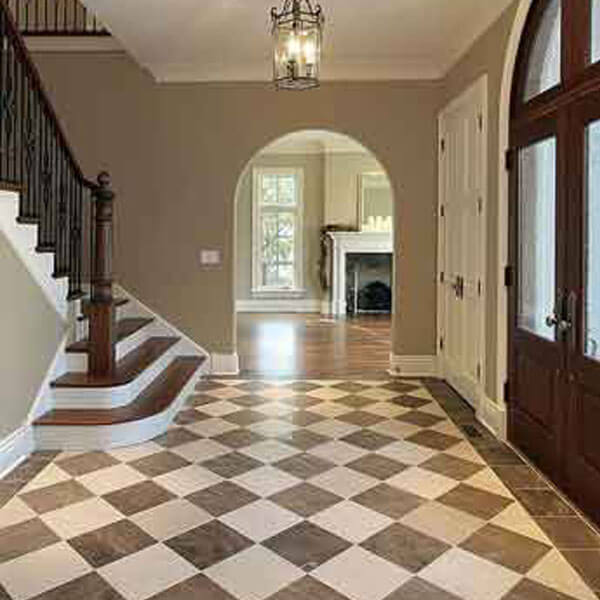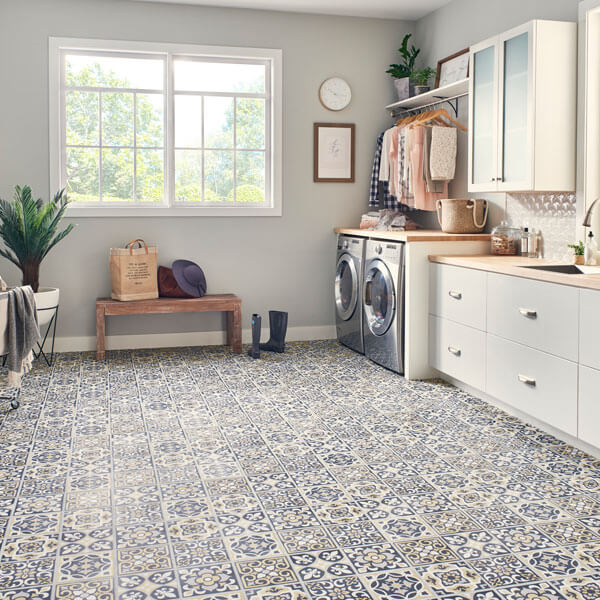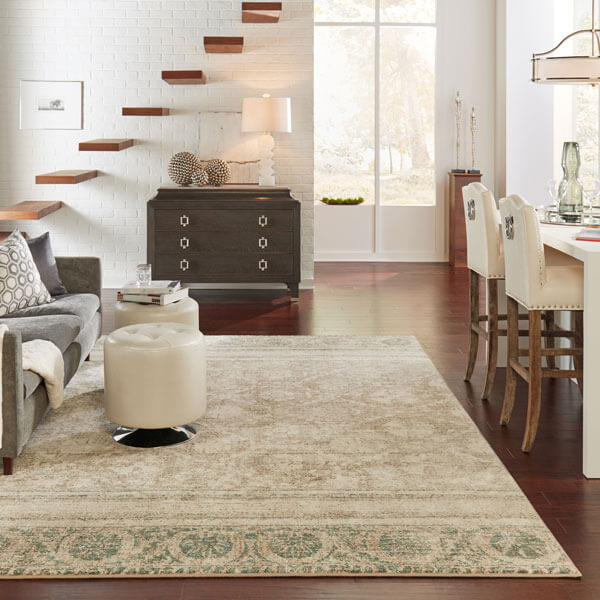623-583-2682
602-424-9808
480-946-6647
480-892-3780
480-893-9091
(Camelback)
602-277-5592
Area Rug Terminology
For definitions of other terms not listed here, please go to these sections: The Creation of Area Rugs, Area Rug Types and Area Rug Considerations.
Age
Age classifies how old the rug is. All handmade rugs are placed within these three
categories: Antique, Semi-Antique and Contemporary.
All-over
This is a rug layout that has no central or dominant design. In many cases the motifs
on the rug are scattered across the rug.
Antique
A rug that is at least 6 decades old is considered Antique.
Arabesque
Intertwining vines, branches, leaves, or blossoms make up this motif. They may be
woven in patterns that are curvilinear or geometric. An example of Arabesque is
the Islimi motif.
Average
A rug in which minor repairs have been made, or may be needed. These repairs could
involve warp strands that need attention, or the repair or replacement of several
knots or fringes.
Background color
The dominating color in the rug’s background. Red, blue, beige and yellow
are the most popular background colors and are expressed in many different hues
and shades.
Border color
The major color of the rug’s border. Red, blue, beige, yellow and green are
the most widely used in a full spectrum of hues and shades.
Braid
The interweaving of three or more stands in a diagonally overlapping pattern.
Brocading
A type of flat weaving in which the foundation of the rug is patterned by colored
weft strands.
Category
The various locations where handmade rugs are created. Usually classified as Master
Workshop, Workshop, Village or Nomadic.
Chrome Dyes
These are synthetic products created between the First and Second World Wars for
dyeing weaving yarns. They are produced in an unlimited array of beautiful colors
and hues. Chrome dyes are colorfast, they keep their bright intensity even when
exposed to sunlight and washing.
Color
One of the signatures of handmade rugs. Every handmade rug is identified by its
border and background colors. These colors are the result of natural or synthetic
dyes.
Condition
This characteristic classifies the status of a rug from a quality standpoint. In
the handmade rug industry there are 3 possible conditions: Worn, Average and Fine.
Contemporary
The classification of a handmade rug that is less than 25 years of age.
Cotton
In handmade rugs, this is the central material used to create its foundation.
Curvilinear
Patterns expressed through smooth, flowing, curving lines.
Dye
The process of changing the natural color of materials such as wool, silk and cotton.
There are two kinds of dyes: Natural Dyes and Synthetic Dyes.
Fine
The handmade rug industry considers a “fine” rug to be in excellent
shape without any holes, tears, stains or prior repair work..
Flat Weave
No knots are used in the flat weave technique of creating handmade rugs.
The weft strands are merely passed through the warp strands. The Kilim rug is an
example of the flat weave technique.
Foundation
This is the basic structural element of a handmade rug and consists of Warps and
Wefts.
Fringe
These are the warps that extend from the foundation at the rug’s end.
Their function is to hold the rug together and prevent the wefts from unraveling.
Geometric
These are handmade rug patterns utilizing straight lines.
Gul
The Persian word for flower or rose, the gul is a medallion, either octagonal or
angular in shape, and is used in the creation of Turkoman rugs
Hand-knotted
Another word for a homemade rug.
Hand Tufted
A hand-tufted rug is created without tying knots into the foundation, but rather
by pushing wool or acrylic yarn through a primary backing, creating a “tuft”.
Kilim
The most recognized group of flat-woven rugs. See Flat Weave.
Knot
Rugs that are pile-woven or knotted are produced by knots. The two most- used knots
are called Asymmetrical and Symmetrical.
Kork
Sheared from the belly of a sheep, this is very fine wool.
Layout
The overall arrangement of motifs or objects woven into a rug.
Loom
The structure that holds warp strands taut for weaving and knotting. Looms can be
in various configurations: vertical, horizontal, fixed or mobile.
Madder
A Southwest Asian plant displaying small yellow flowers, spiraled leaves, and a
red root. Its root was, and in some places still is, a key source for red dye.
Make
A characteristic that determines where a handmade rug is actually created.
Master Workshop
These are specialty workshops typically managed by a well-known master designer/artist.
His or her subordinates are skilled students directed by the master designer. Here,
very unique handmade rugs are the rule.
Medallion
A typical rug layout in which a large centerpiece, called the medallion, is the
design’s focal point.
Medallion-and-corner
A rug design utilizing quartered medallions in each corner of the rug, plus the
full medallion in the center of the rug.
Minor border
Narrower bands, on each side of the main border, are referred to as minor borders
or guard strips.
Motif
Any single form or integrated group of forms that make up part of the overall design
of a homemade rug.
Nap
The direction in which the pile of the rug faces.
Natural Dyes
Natural dyes include plant dyes, animal dyes and mineral dyes. Until the late nineteenth
century these were the only dyes used for coloring weaving yarns.
Nomadic Rugs
These are the products of sheepherders who mainly live in tents and migrate from
the valleys to the mountain pastures in the summer. Usually, these rugs are small
because they have to be completed in time to migrate.
One-sided
A rug layout in which the design is woven in one direction.
Pattern
The way lines are used to form shapes on a rug. The handmade rug industry recognizes
three classes of patterns: Pictorial, Geometric and Curvilinear.
Pictorial
This is a pattern in which people and animals are the focus.
Pile
The material (fiber) used for weaving handmade rugs. Cotton, silk and wool are the
primary pile materials.
Pile Weave
Pile weave, or knotted weave, is the most common technique used in the weaving of
handmade rugs. In this method, the rug is woven through the creation of knots.
Runner
A rug that is long, narrow and rectangular. They are used in hallways, stairways
and entrances. That’s why they are also called Corridor rugs.
Semi-antique
Rugs between 25 and 60 years old.
Silk
Is derived from the cocoon of silkworms. It’s an expensive fiber and less
used as a pile material in handmade rugs than wool.
Size
The measurements of a rug. Handmade rugs are made in different sizes and shapes.
Only rectangular shapes are sold in standard sizes because most handmade rugs are
rectangular.
Soumak
Flat-woven rugs where no knots are used in the weave.
Style
It’s the way different motifs, colors and patterns give character to a rug.
Synthetic Dyes
Dyes made chemically beginning in the mid-nineteenth century for dyeing rug weaving
yarns.
Textile
A product produced by weaving.
Village Rugs
Rugs made by villagers. There, most family members or the women of the family are
weavers and work in their home. More types of rug styles are woven by villagers
than by any other weaving category.
Warp
Vertical strands of fiber. They stretch from the top to the bottom of the rug and
knots are tied to them.
Weave
The technique used in weaving handmade rugs. There are three classic techniques:
Pile Weave, Flat Weave and Hand Tufted.
Weft
Horizontal strands of fiber. They are woven through the warps and added before and
in between the rows of knots to keep the knots in place.
Wool
The coat of sheep. In handmade rugs, wool is the most used pile material.
Workshop
Where weavers work as employees and highly talented weavers can become master weavers.
Workshop weavers are more seasoned and professional than those in nomadic tents
or villages.
Yarn
A continuous strand of twisted threads of natural or synthetic material.

